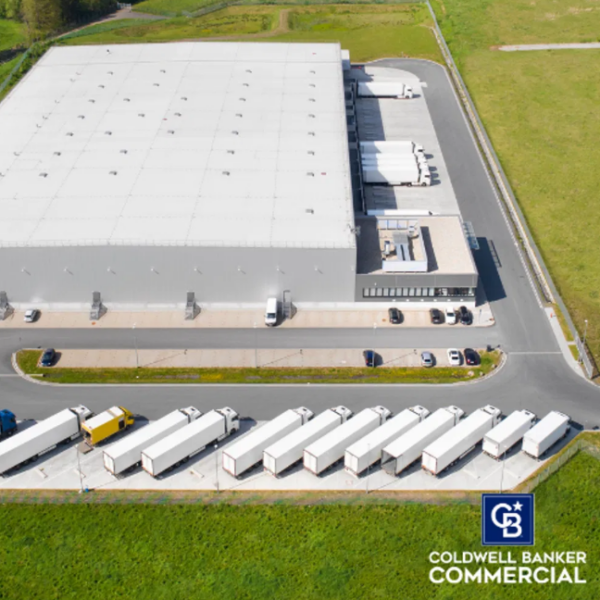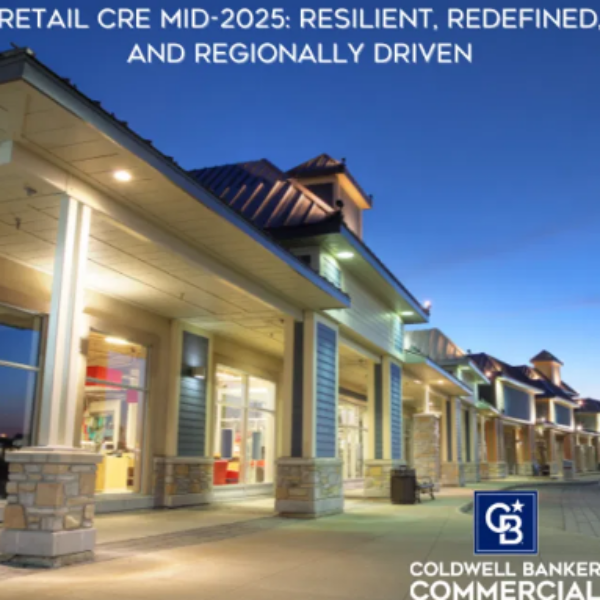The following is a thought leadership post from Dan Spiegel, SVP & Managing Director — Coldwell Banker Commercial
Stay-at-home orders shook up the way we work, and many are still adjusting today. Most offices were forced to rethink how their team works together and individually. HRDive reports that 9 in 10 companies will require a “return to office” by 2023.
That return is going to look different for everyone. Post-pandemic, owners, and managers are adjusting how employees work together, office set-up, technology, and more. From making work feel more “homelike” to introducing collaborative “pods” in-office, this post is breaking down office trends as we head into 2023.
Why Are Employees Choosing to Stay Remote?
The Pew Research Center reports that 61% of workers are working from home (WFH) because they choose to, not because their workplace is closed. Remote workers are citing better balance and productivity as their reason for choosing WFH life.
In response to these findings among workers, many companies are leaning into a remote-first approach. CBC’s parent company, Anywhere Real Estate Inc., has increased its focus on supporting employees’ work-life harmony and has embraced a virtual and hybrid working dynamic.
Alternative In-Office Set-Ups:
Heading into 2023, many companies are still working to identify what the next normal looks like for them in the workplace. Building a return-to-work strategy requires flexibility. Here are three in-office approaches we’re seeing applied:
- The ever-evolving hybrid model
In this setup, employees enjoy flexibility, remote work, and staying connected to the office through being “in” a few days per week or month. Hybrid models are well-liked by the U.S. workforce and are used by 63% of high-growth companies. Most employees don’t want to lose onsite work completely, but the hybrid model is possibly the most difficult to manage. Even though it provides many freedoms, it can also complicate scheduling and team projects.
In 2023, we expect to see an increase in technology companies like Airtable, Loom, and Slack working to simplify hybrid working.
- Collaborative spaces
A driving force behind brining employees back is collaboration. Instead of the traditional cubicle rows, offices are bringing in collaborative design. Forbes recently named “collaboration” one of the office trends shaping the future of the workforce.
- Co-working
In 2020, for real estate investors and remote workers, co-working office spaces grew in demand. Fully remote workers who missed the collaborative office setting sought out co-working businesses and even started their own. Co-working spaces usually offer memberships or spaces available for lease. To compete, they’re hiring interior designers, installing the latest technology, and even partnering with local restaurants.
It’s a growing opportunity for office real estate and a home away from home for remote workers.
In-Office Design Trends for 2023:
The pandemic’s shake-up to typical office setups has led many to not only reevaluate how the office is used, but also, it’s aesthetic design. For employees that are returning to the office, many companies are prioritizing office redesigns or refreshes to create productive, pleasant working environments.
In 2023, design trends are going to focus on providing in-office team members with comfort and creativity. According to employees, five of the top in-office designs include:
- Utilizing pods as flexible, multi-use spaces for solo or collaborative group work.
- Brand storytelling through interior design.
- Bringing character into the space with art and color.
- Integrated communication technology for team projects.
- Bringing the outside in with and abundance of plants and greenery.








